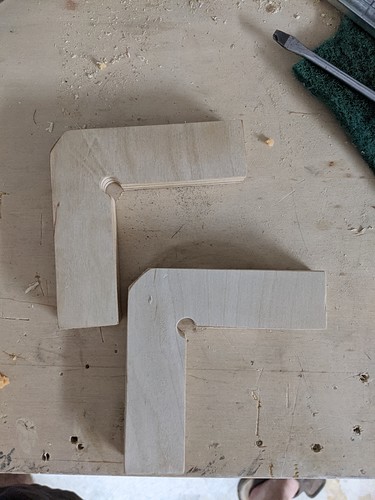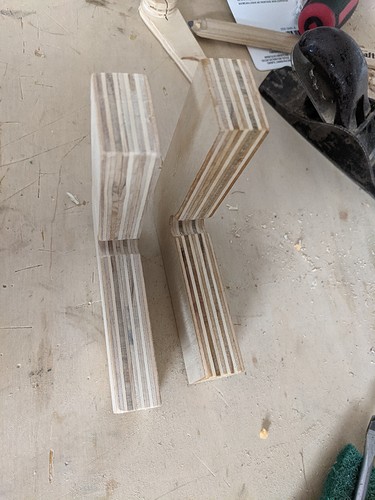Unlike many woodworkers, I really like putting finishes on projects. Depending on what you’re doing I prefer Deft Spray-on lacquer (recommended by Rob Cosman), Waterlox tung oil finishes (preferred by many woodturners), or Minwax Polyurethane (or Varathane). All these come in gloss or satin finishes.
Lacquer for jewelry boxes, small projects, and items that get occasional use.
Waterlox for durability and keepsakes, because it will truly last a long, long time as it continues to polymerize for weeks after application. Other tung oils with accelerants are also good, like Formby or Tru-oil. You can get wonderful high gloss finishes with it. It really shows off depth in figured wood.
Polyurethane for heavily used surfaces, such as tables, chairs, rocking horses, etc. I have used but now stay away from polycrylic because the water base tends to raise the grain on a perfectly finished project and it tends to not build up as well as regular polyurethane.
I used to use Danish oil, but it never hardened as well as tung oil. Shellac is great if you put in the time for a deep shine (many, many coats) and can be repaired, but a good lacquer is nearly as good. You can also get a very nice catalyzed lacquer at Sherwin Williams for larger projects that is very hardy also (higher end tables). I’ve used epoxy and resin, mostly for fill and the resin polishes for the various brands are usually very nice, but expensive.
I have come to really hate straight wax on wood. It remains soft and keeps you from ever applying another finish. I’ve never understood the appeal and think it’s just a misunderstanding since the wax on top of another finish (like lacquer) is traditional furniture care. But straight wax… shudder.
If you want to spray polyurethane, then thin by about 10%. In fact, thinning by 50% gives “wiping poly” which works nicely for touch-ups. With some thinning polyurethane also brushes and levels very nicely, but you need to wait long enough for recoating.
If you really want a glass-smooth finish, then 2 coats of sanding sealer followed by lacquer is very hard to beat. Think Steinway pianos…
Really, though, try a few things and see what you like…

